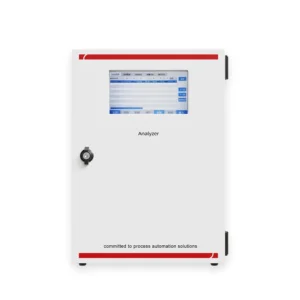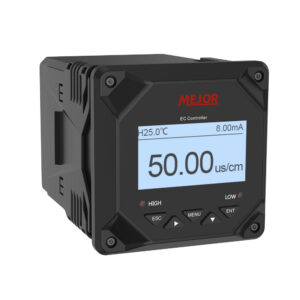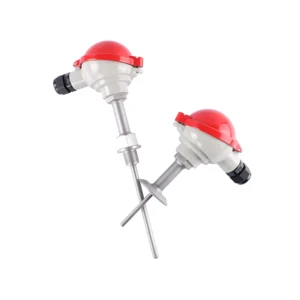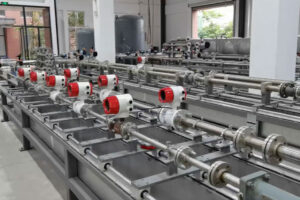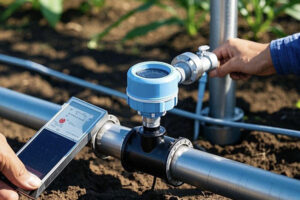What Are The Important Roles Of Instruments In The New Energy Industry?
In the new energy industry, various instruments shoulder the important responsibility of ensuring production and operation safety and efficiency, and are a key force in promoting the stable development of the industry.
In the field of wind power generation, temperature instruments always guard the stable operation of the core components of the equipment.
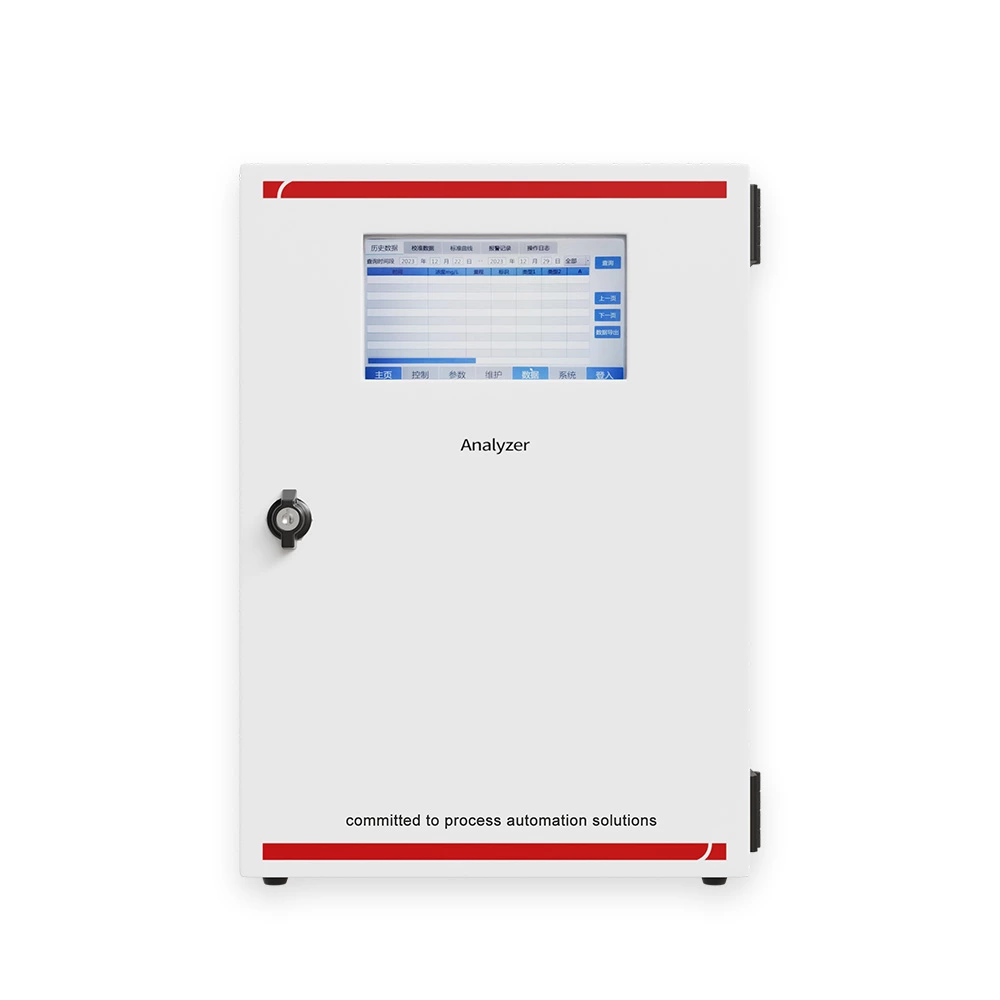
Thermocouple thermometers utilize the thermoelectric effect to accurately measure high temperatures above 500 ℃ in parts such as generator bearings and gearboxes.
They can detect temperature anomalies caused by friction, overload, and other factors in advance, avoiding equipment overheating and damage.
Thermistor thermometers rely on the characteristic of the resistance of metal conductors changing with temperature to accurately measure temperatures below 500 ℃. They are commonly used to monitor the temperature of electrical equipment in engine rooms and ensure their normal operation.
Pressure gauges also play an irreplaceable role
In the hydraulic system of the wind turbine, the pressure transmitter can convert the pressure signal into an electrical signal for transmission, monitor the system pressure in real time, and ensure the accurate execution of blade pitch, braking and other actions.
As a high-precision pressure benchmark, the piston pressure gauge is used to calibrate pressure measurement equipment, ensure the accuracy of the entire pressure monitoring system, and keep the fan in the best operating state under complex and changing meteorological conditions.
Flow meters are used in wind power generation to monitor the fluid flow of cooling systems
The turbine flowmeter in the velocity flowmeter measures the flow rate based on the rotational frequency of the turbine, which can intuitively reflect the flow of the cooling medium and ensure the heat dissipation effect of key equipment such as generators.
Positive displacement flow meters, such as elliptical gear flow meters, measure the fixed volume of fluid discharged per unit time, accurately control the flow rate, and provide reliable cooling support for stable equipment operation.
In terms of photovoltaic power generation, temperature instruments closely monitor the temperature changes of photovoltaic modules, combiner boxes, and inverters
In hot outdoor environments, thermocouple thermometers can accurately measure the high temperature generated by photovoltaic modules due to prolonged exposure to light, detect abnormal conditions such as heat spots in a timely manner, and prevent component performance degradation.
The thermal resistance thermometer is responsible for monitoring the temperature inside the combiner box and inverter, ensuring the normal operating temperature of electrical connection parts and electronic components, and avoiding faults caused by overheating.
The application of pressure instruments in photovoltaic systems mainly focuses on pressure monitoring of gas insulated equipment
The pressure transmitter in the electrical pressure gauge can monitor the pressure of insulating gases such as sulfur hexafluoride in real time, ensuring the stable and reliable insulation performance of the equipment, preventing accidents such as discharge and short circuit caused by abnormal pressure, and building a solid defense line for the safe operation of the photovoltaic power generation system.
Liquid level instruments play an important role in monitoring the liquid level of energy storage batteries in photovoltaic power plants
The float level gauge in the buoyancy type liquid level instrument measures the liquid level by the buoyancy change of the float in the electrolyte, intuitively reflecting the stock of battery liquid and ensuring the charging and discharging performance of the battery.
The differential pressure level gauge in the static pressure level instrument measures the liquid level height with the help of pressure and differential pressure transmitters, providing accurate liquid level data for battery maintenance and extending battery life.
- Pressure gauges also play an irreplaceable role
- Flow meters are used in wind power generation to monitor the fluid flow of cooling systems
- In terms of photovoltaic power generation, temperature instruments closely monitor the temperature changes of photovoltaic modules, combiner boxes, and inverters
- The application of pressure instruments in photovoltaic systems mainly focuses on pressure monitoring of gas insulated equipment
- Liquid level instruments play an important role in monitoring the liquid level of energy storage batteries in photovoltaic power plants
SHARE:
More Posts for You
- What Are The Important Roles Of Instruments In The New Energy Industry?
- An Indispensable Measuring Instrument In Water Analysis
- Instruments In The Petrochemical Industry: The Key To Precise Control of Production
- Installation and Maintenance Guide for Vortex Flowmeters
- The Difference Between Turbine Flowmeters and Vortex Flowmeters
- Mejor Precision Instruments Enhance Operations at Dalian Petrochemical Plant
- Mejor Intelligent Instruments Optimize Agricultural Irrigation in Xinyang, Henan
- How to Choose A Suitable Flow Meter for A Water Treatment Plant?
*We respect your confidentiality and all information are protected.

